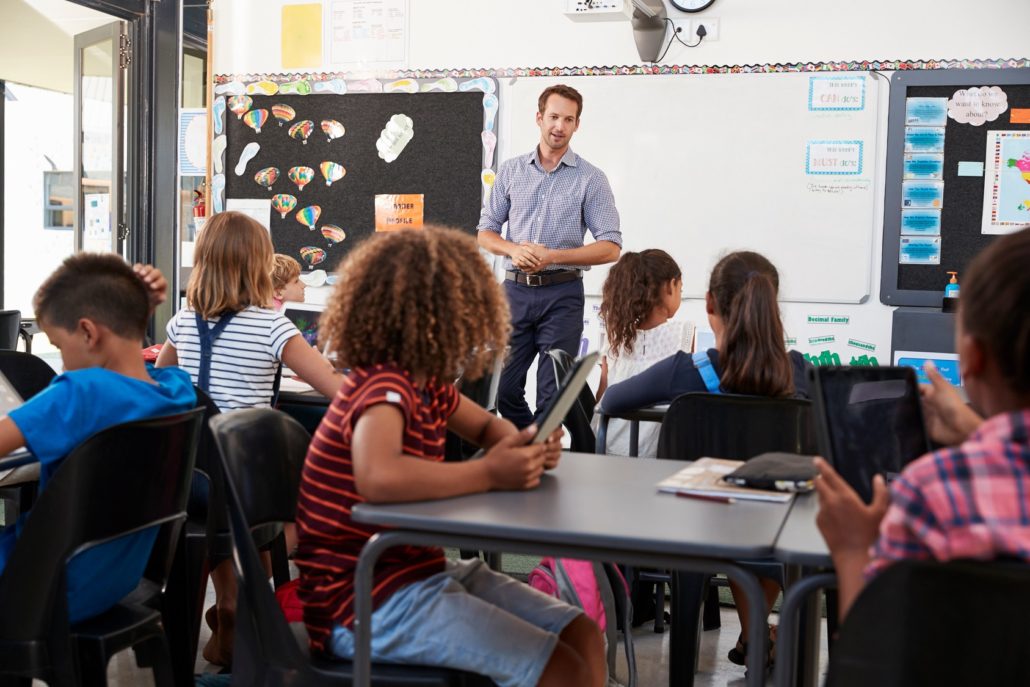#EconomicPolicy
#EconomicPolicy75
Foreign School Students Get Lower Grades than Natives
Evidence of teacher bias in Italian local labour markets with large immigrant inflows
In parts of Italy that have seen large inflows of immigrants in recent years, immigrant children of primary school age are given lower grades by their teachers in non-blind tests compared with natives of similar ability, as measured by their performance in blindly-graded tests. Teachers in schools in areas characterised by small inflows of immigrants grade native and immigrant students similarly.
These are the central findings of new research by Marco Alberto De Benedetto and Maria De Paola. Their study indicates that such teacher bias is not related to the fact that immigrant students in areas with large migration inflows are less integrated, and as a consequence behave differently at school. What’s more, the effect is weaker or absent in larger and more educated municipalities, and in regions that already have larger pre-existing migrant communities.
These results highlight the importance of policies aimed at informing teachers about unconscious biases that they might hold towards immigrant groups. A hostile environment at school is likely to have negative effects on young immigrants’ mental and physical health: they may become discouraged and make less effort in their studies, with consequent negative results for their future lives.
Although immigration can bring relatively large long-term benefits to the economies of host countries and many empirical investigations have only found minimal economic consequences for native populations, the success of far-right parties with an anti-immigration position has risen rapidly in recent years. Their success has been especially due to support from citizens who feel threatened by the increasing presence of immigrants in their countries.
A significant amount of empirical research considers the impact of concentration of immigrants on the political views of native voters and, more generally, on the negative attitudes they might hold towards immigrants. But little is known about whether these adverse feelings translate into active discrimination, which might negatively affect the socio-economic status and integration of immigrants.
A hostile environment is likely to have negative effects on immigrants’ mental and physical health. These problems might be even more significant when discrimination takes place in schools and hostility comes from peers and teachers.
This study uses Italian data to investigate the impact of the presence of immigrants in a given geographical area on teachers’ evaluation of the performance of immigrant students compared with natives. The idea behind the research is that the increasing presence of immigrants in the population might generate, even unconsciously, feelings of hostility that could lead to discriminatory attitudes.
For example, due to exposure to teachers’ stereotypes, young immigrants may become discouraged and make less of an effort in their school activities, with consequent negative results for their careers.
The analysis is based on large-scale observational data of all pupils attending second and fifth grades in Italian primary schools (around ages 7 and 10), providing information on pupils’ characteristics and their performance in terms of both standardised test scores and marks assigned by teachers of mathematics and Italian language.
The focus is on primary schools, as any experiences of discrimination at this vulnerable age can limit the emotional benefits of early education and might result in a multitude of long-lasting negative consequences in terms of future school dropout, academic performance and job trajectories.
By controlling for individual performance on standardised blindly graded tests, the research shows that immigrant students receive lower grades from their teachers in non-blind tests compared with natives.
This grade penalty is driven by schools located in areas characterised by large inflows of immigrants: while teachers working in such areas tend to give lower grades to immigrant students compared with natives with the same performance on blindly-graded tests, those operating in schools located in areas characterised by small inflows of immigrants grade native and immigrant students similarly.
In particular, a one standard deviation increase in the share of immigrants in a geographical area is associated with a 0.044 (0.053) decrease in immigrants’ grades in mathematics (Italian language) on average, corresponding to about a fifth (a sixth) of the average gap.
The gap between immigrants and natives is particularly relevant when it comes to language evaluation for second-generation immigrants, which might reflect different teachers’ expectations for immigrants who are less familiar with Italian language.
In addition, teacher bias is not related to the fact that immigrant students in areas with large migration inflows are less integrated, and as a consequence behave differently at school. Moreover, the effect is weaker (and even absent) in larger and more educated municipalities, and in regions that already have larger pre-existing migrant communities.
Overall, the results of this research may help to raise awareness about unconscious behaviour that can harm immigrant students. They highlight the importance of policies aimed at informing teachers about misplaced biases that they might hold towards immigrant groups.
‘Immigration and teacher bias towards foreign students’
Authors:
Marco Alberto De Benedetto (University of Calabria)
marco_alberto.debenedetto@unical.it
Maria De Paola (National Institute of Social Security (INPS))






